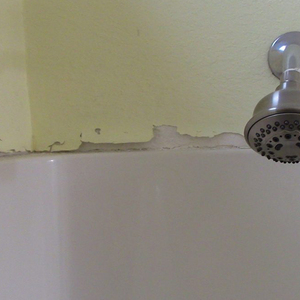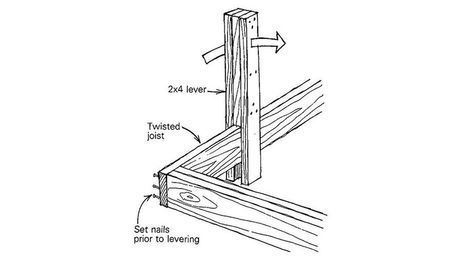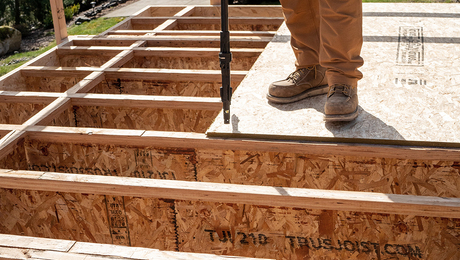Is Wood Flooring Allowed in a Bathroom?
This is my first such request for a wood bathroom floor, and I’d like to know how to seal and finish the flooring to prevent water damage.

A client asked me to install white-oak flooring in her master bathroom, which has a whirlpool tub and baseboard heat. There is no air conditioning. The white oak is 7/16 in. thick by 5-1/4 in. wide tongue-and-groove stock with 14% moisture content. The floor system includes a 6-mil vapor barrier over 3/4-in. plywood on a 4-in. concrete slab. This is my first such request for a wood bathroom floor, and I’d like to know how to seal and finish the flooring to prevent water damage.
– Steve Weaver, Raleigh, NC
Michael Purser, a flooring contractor in Atlanta, Georgia, replies: Your client is asking for something that, according to your description, is going to be difficult to deliver. There are several coatings that would adequately seal the floor; however, I do not see the finish as the major point.
The vapor barrier on your client’s floor will keep water from migrating into the wood from below. The problem you might encounter is that any moisture that penetrates the wood will have no place to go. The moisture will be trapped under the wood and on top of the moisture barrier.
Consider these other factors. The room will experience severe swings in relative humidity due to showering and bathing, the lack of air conditioning and the proximity of baseboard heat to the wood floor. All of these factors guarantee considerable wood movement and will eventually produce gaps in the wood regardless of how tightly you install the flooring. These gaps will allow moisture access to the wood, which will definitely create problems. Regardless of how well-sealed the surface of the wood is initially, you could never give your client assurances that moisture damage to the wood would not occur.
You should call the National Oak Flooring Manufacturers Association (P. O. Box 3009, Memphis, Tenn. 38173; 901-526-5016; www.nofma.org) to see what the proper moisture content for wood is in your location. The 14% that you mentioned sounds a bit high to me; I think that the flooring requires additional curing.
If your client understands the risks involved and decides to go forward, I would recommend three applications of either an oil-modified urethane or a waterborne urethane.

























